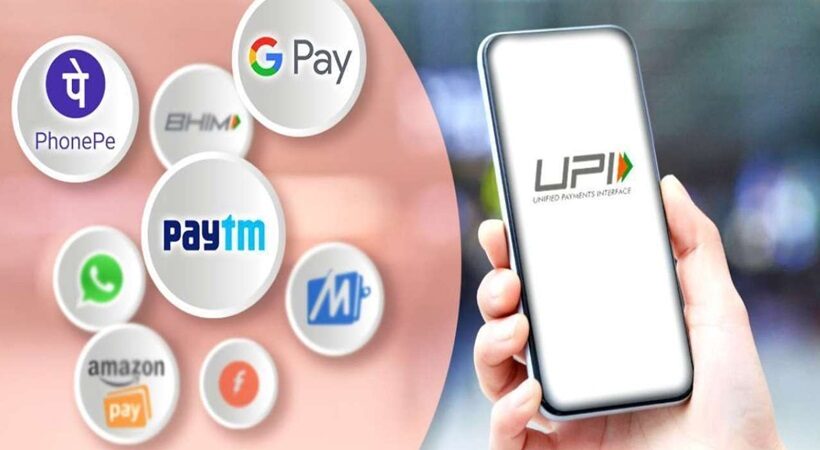The UPI programme combines different banking features and services under one umbrella. A UPI ID and PIN are sufficient to send and receive money. Real-time bank-to-bank payments can be made using a mobile number or virtual payment address (UPI ID). A Unified Payment Interface (UPI), developed by the National Payments Corporation of India (NPCI), allows users to transfer funds between bank accounts via a smartphone application.
How Does UPI Work In India?
UPI can be used if you have a bank account at a member institution, i.e., your bank must permit you to use the facility. UPI enables one to transfer money from one account to another instantly via a mobile phone. Money can be transferred 24 x 7 via UPI through various apps on mobile devices easily. However, payments can be made via apps on mobile devices only.
The Launch Of UPI
Banks have begun publishing their UPI-enabled Apps on the Google Play store starting from 25th August 2016 following NPCI’s pilot launch. The pilot launch was conducted on the 11th of April 2016 by Dr. Raghuram G Rajan, the then Governor of the Reserve Bank of India.
UPI Transaction Limit
UPI transactions are subject to transaction limits set by NPCI. At present, the transaction limit per UPI transaction is 1 lakh and the transaction limit per day for UPI transactions is 1 lakh. BHIM UPI allows a maximum transaction value of Rs 10,000 per transaction and Rs 20,000 over 24 hours. In order to generate UPI PINs, you have to use your debit card. So you can’t make any transactions without entering the UPI PIN to shield your fund transfers from fraud.
UPI vs NEFT
It is a nationwide electronic funds transfer system that operates on a deferred net settlement (DNS) basis and settles transactions in batches. The NEFT transaction is cleared in batches every half an hour, and the NEFT charges are very minimal, up to Rs 25 plus taxes. The two platforms have their pros and cons as well. UPI facilitates instant transfers (currently), but there’s a limit of Rs 1 lakh per day. By contrast, NEFT allows an individual to electronically transfer funds from one bank branch to another in the country. There are no limits on NEFT transfers per day, either. The cost, however, is higher than UPI, and it takes about 12 hours to complete one NEFT transaction.
How Safe Is The UPI?
NPCI’s IMPS network performs about 8,000 crores worth of transactions every day. With UPI, this figure is expected to rise exponentially. UPI transactions use highly secure encryption formats that are difficult to tamper with. It uses a two-factor authentication method similar to OTP for verifying every transaction. However, the UPI PIN will replace OTP as the means of validation.



















